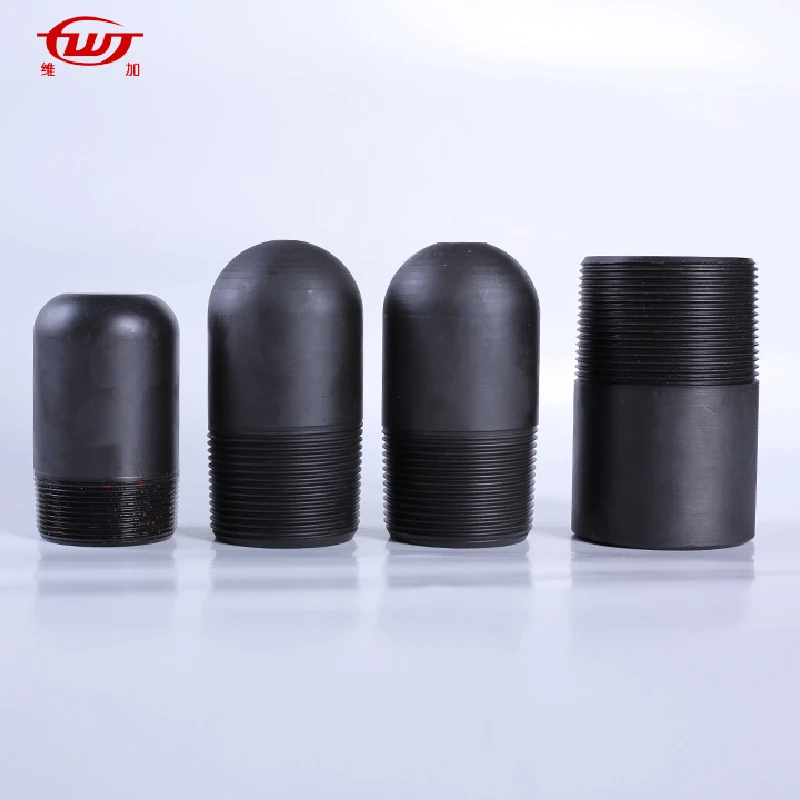- Afrikaans
- Albanian
- Amharic
- Arabic
- Armenian
- Azerbaijani
- Basque
- Belarusian
- Bengali
- Bosnian
- Bulgarian
- Catalan
- Cebuano
- Corsican
- Croatian
- Czech
- Danish
- Dutch
- English
- Esperanto
- Estonian
- Finnish
- French
- Frisian
- Galician
- Georgian
- German
- Greek
- Gujarati
- Haitian Creole
- hausa
- hawaiian
- Hebrew
- Hindi
- Miao
- Hungarian
- Icelandic
- igbo
- Indonesian
- irish
- Italian
- Japanese
- Javanese
- Kannada
- kazakh
- Khmer
- Rwandese
- Korean
- Kurdish
- Kyrgyz
- Lao
- Latin
- Latvian
- Lithuanian
- Luxembourgish
- Macedonian
- Malgashi
- Malay
- Malayalam
- Maltese
- Maori
- Marathi
- Mongolian
- Myanmar
- Nepali
- Norwegian
- Norwegian
- Occitan
- Pashto
- Persian
- Polish
- Portuguese
- Punjabi
- Romanian
- Russian
- Samoan
- Scottish Gaelic
- Serbian
- Sesotho
- Shona
- Sindhi
- Sinhala
- Slovak
- Slovenian
- Somali
- Spanish
- Sundanese
- Swahili
- Swedish
- Tagalog
- Tajik
- Tamil
- Tatar
- Telugu
- Thai
- Turkish
- Turkmen
- Ukrainian
- Urdu
- Uighur
- Uzbek
- Vietnamese
- Welsh
- Bantu
- Yiddish
- Yoruba
- Zulu
api 5ct tubing coupling
Understanding API 5CT Tubing Couplings A Key Component in Oil and Gas Operations
In the oil and gas industry, various components are essential for the efficient extraction and transportation of hydrocarbons. Among these components, the API 5CT tubing coupling plays a critical role, serving as a vital connection point between sections of tubing in wellbores. This article explores the significance, specifications, and types of API 5CT tubing couplings.
What is API 5CT?
API 5CT is a specification developed by the American Petroleum Institute (API) that outlines the requirements for steel casing and tubing used in oil and gas wells. The specification includes various grades of steel, which are designated for different levels of strength, corrosion resistance, and overall performance under specific environmental conditions. The '5CT' refers specifically to the types of tubing and casing used for oil and gas extraction, ensuring that the materials are fit for purpose.
Role of Tubing Couplings
Tubing couplings serve as connectors between individual lengths of tubing, allowing them to be assembled into a continuous string. This is crucial because the depth of a well often exceeds the length of individual tubing sections. Without effective couplings, the structural integrity and pressure retention of the tubing string would be compromised, leading to potential failures in the wellbore.
Key Specifications
API 5CT tubing couplings are manufactured to meet stringent criteria, including dimensions, mechanical properties, and chemical composition. The couplings are typically made of high-strength steel to withstand extreme pressures and corrosive environments found in oil and gas wells. The specifications dictate various grades—such as J55, K55, N80, and L80—each designed for specific applications based on their yield strengths and resistance to degradation.
Types of Couplings
api 5ct tubing coupling

There are several types of couplings available under the API 5CT specification
. The most common types include1. Short Couplings These are used for standard connections and offer a compact solution for connecting tubing sections.
2. Long Couplings Typically longer than short couplings, these are useful in applications where additional torque strength is required.
3. Crossover Couplings These specialized couplings allow for the connection of two different sizes of tubing, facilitating transitions between diameters.
4. Specialty Couplings Some applications may require couplings designed for specific conditions, such as high-pressure or corrosive environments. These couplings are tailored to meet unique operational demands.
Importance in Production Operations
The selection of the right API 5CT tubing couplings is crucial for ensuring the efficient and safe operation of wells. Not only do they need to be robust enough to handle the physical demands of drilling operations, but they also must provide a reliable barrier against gas and fluid leaks. A failure in this connection can lead to significant production loss and safety hazards, making the quality of couplings paramount.
Conclusion
API 5CT tubing couplings are fundamental components in the oil and gas exploration and production process. Their proper selection and use can significantly influence the operational efficiency and safety of drilling activities. As technology advances, ongoing developments in material science and engineering continue to enhance the performance of these couplings, ensuring they meet the evolving demands of the industry. For anyone involved in oil and gas operations, a comprehensive understanding of API 5CT tubing couplings is essential for successful well management.
-
Tubing Pup Joints: Essential Components for Oil and Gas OperationsNewsJul.10,2025
-
Pup Joints: Essential Components for Reliable Drilling OperationsNewsJul.10,2025
-
Pipe Couplings: Connecting Your World EfficientlyNewsJul.10,2025
-
Mastering Oilfield Operations with Quality Tubing and CasingNewsJul.10,2025
-
High-Quality Casing Couplings for Every NeedNewsJul.10,2025
-
Boost Your Drilling Efficiency with Premium Crossover Tools & Seating NipplesNewsJul.10,2025







